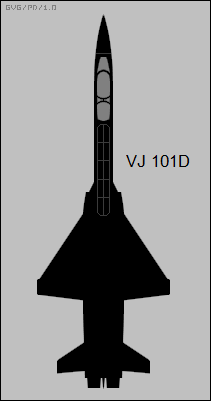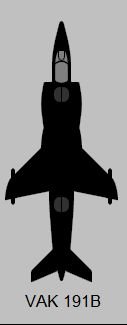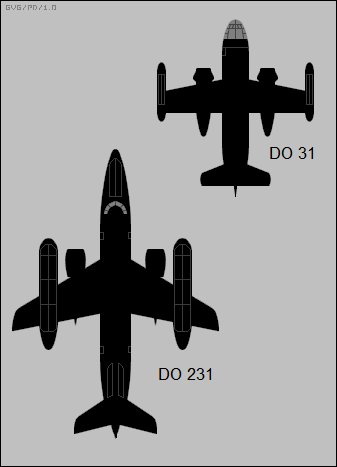StraGen410
ACCESS: Restricted
Guten Tag!
I really like the VJ-101C, it is like a German version of VTOL capable F-104G Starfighter clone without T-tail.
It seems to be promising with a lot of potential.
What will happen if it became a real operational military grade VTOL fighter jet instead of a short lived experimental aircraft in 1960s?
What modifications and armaments would it require to fit into Luftwaffe service, or even the Marineflieger?
Would it be practical to replace 4 of the RB.145 Engines attracting to its wings with 2 of the J79 Engines while making it truly Mach 2 capable?
Can it be armed with a 20mm M61A1 Vulcan cannon?
How could its developers do to overcome all the adversities that led to its OTL defunct in 1968 and keep the project survive?
I am not familiar with West Germany’s 1960s cold war history, so I would be grateful if you can work with me and help building the ATL of armed Luftwaffe VJ-101C fleet with your superior knowledge and prediction.

Danke!
I really like the VJ-101C, it is like a German version of VTOL capable F-104G Starfighter clone without T-tail.
It seems to be promising with a lot of potential.
What will happen if it became a real operational military grade VTOL fighter jet instead of a short lived experimental aircraft in 1960s?
What modifications and armaments would it require to fit into Luftwaffe service, or even the Marineflieger?
Would it be practical to replace 4 of the RB.145 Engines attracting to its wings with 2 of the J79 Engines while making it truly Mach 2 capable?
Can it be armed with a 20mm M61A1 Vulcan cannon?
How could its developers do to overcome all the adversities that led to its OTL defunct in 1968 and keep the project survive?
I am not familiar with West Germany’s 1960s cold war history, so I would be grateful if you can work with me and help building the ATL of armed Luftwaffe VJ-101C fleet with your superior knowledge and prediction.

Danke!



